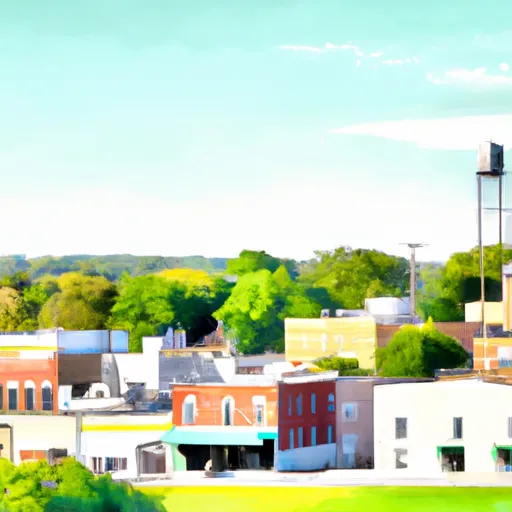°F
°F
mph
Windspeed
%
Humidity











Monett, Missouri, is a charming city located in Barry and Lawrence counties. It experiences a humid subtropical climate, characterized by mild winters and hot, humid summers. Average temperatures range from around 30°F (-1°C) in winter to approximately 90°F (32°C) in summer. Monett receives an average annual precipitation of 45 inches, with rainfall fairly evenly distributed throughout the year.
The hydrology constituents in Monett include several rivers and creeks, with the Spring River being the closest major waterway. The hydrological system provides various recreational activities like fishing, canoeing, and swimming. Additionally, Monett has a few parks and green spaces that offer opportunities for outdoor recreation, such as Monett City Park and North Park. These parks provide amenities like picnic areas, playgrounds, walking trails, and sports fields.
Nature enthusiasts can explore the nearby Roaring River State Park, located around 30 miles south of Monett. This park offers opportunities for hiking, bird-watching, camping, and trout fishing. With its pleasant climate and diverse outdoor offerings, Monett provides a welcoming environment for residents and visitors to enjoy nature and engage in outdoor recreational activities.
Weather Forecast
Monett receives approximately 1144mm of rain per year, with humidity levels near 81% and air temperatures averaging around 14°C. Monett has a plant hardyness factor of 6, meaning plants and agriculture in this region thrive during a short period during spring and early summer. Most plants will die off during the colder winter months.
Regional Streamflow Levels
34
Cubic Feet Per Second
15
Cubic Feet Per Second
7
Cubic Feet Per Second
66
Cubic Feet Per Second
Nearby Camping
| Camping Area | Reservations | Toilets | Showers |
|---|---|---|---|
| Pikeville - Lake Greeson | |||
| Cottonshed Landing - Millwood Lake | |||
| Jefferson Ridge - Dierks Lake | |||
| Dam Area - Lake Greeson | |||
| Parker Creek - Lake Greeson | |||
| Paraloma Landing - Millwood Lake |



